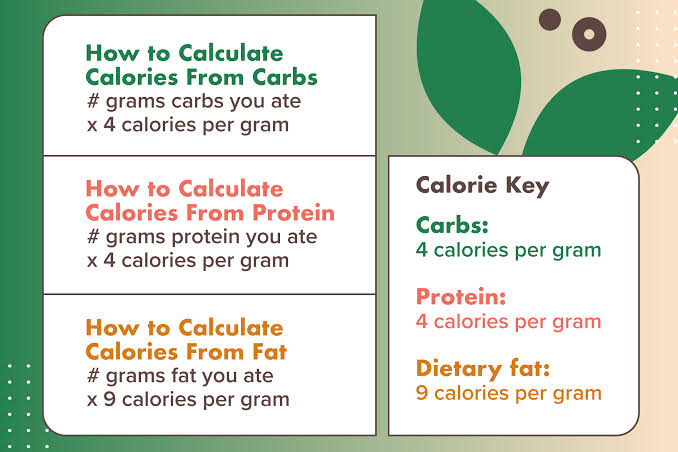Calories.. How do you calculate them?
German nutritionist Astrid Donalis said that caloric counting is subject to several important criteria such as daily energy need, age, nature of work, exercise, and lifestyle in general.
Donalis explained that the daily energy need consists of two main components, the first of which is the “basal metabolic rate”, that is, the amount of energy that the body needs in a state of rest, and the second is the “physical activity level”, That is, the amount of energy required to perform strenuous physical activity or exercise, which is added to the basal metabolic rate.
Example; A 40-year-old woman who is 1.70 meters tall and weighs 65 kilograms has a basal metabolic rate of about 1,385 calories per day. If she works 8 hours in the office, walks 20 minutes, and does 30 minutes of jogging, her energy requirement rises to about 2,300 calories.
Empty calories
Donalis pointed out the importance of paying attention to what is known as empty calories, that is, foods that contain an amount of calories, but few important nutrients such as vitamins and minerals.
Examples of foods that contain empty calories are sweetened beverages and sweets such as chocolate and cake.
energy density
In addition to the amount of calories in food, it is also important to pay attention to what is known as the “energy density”, that is, the number of calories contained in one gram of a particular food.
Energy density is calculated by dividing the calorie content of a given amount of food by its weight.
For example, 100 grams of apple contains 50 calories. Dividing 50 by 100 gives the energy density 0.5.
For comparison; The energy density of a croissant is about 10 times higher.
In general, the German nutritionist recommended not to exaggerate the calories that the body needs daily; Where it is enough to adhere to approximate values, so as not to lose the pleasure of eating
